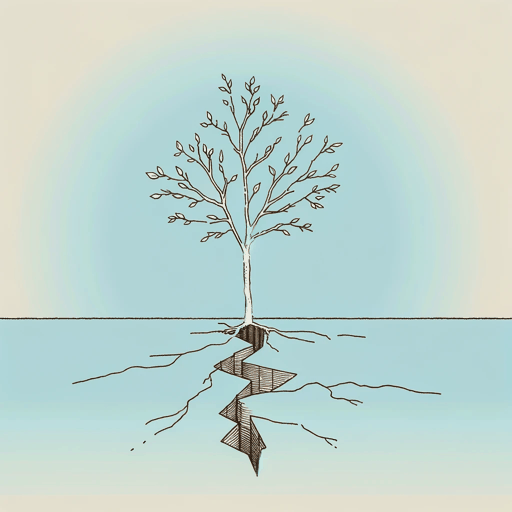51 pages • 1 hour read
Rebecca SolnitA Paradise Built in Hell: The Extraordinary Communities That Arise in Disaster
Nonfiction | Book | Adult | Published in 2009A modern alternative to SparkNotes and CliffsNotes, SuperSummary offers high-quality Study Guides with detailed chapter summaries and analysis of major themes, characters, and more.
Part 2Chapter Summaries & Analyses
Part 2: “Halifax to Hollywood: The Great Debate”
Chapter 6 Summary: “A Tale of Two Princes: The Halifax Explosion and After”
The chapter opens with a description of the massive explosion caused by the collision of two ships, one filled with explosives bound for Europe, in 1917 in the Halifax harbor. The explosion sent “white hot shrapnel” raining down on and around Halifax and caused major damage to Halifax’s buildings and the surrounding towns (112). Afterwards, citizens rescued those who were trapped, tended to the injured, and brought supplies into the area. Halifax’s “rigid” class structure was “briefly integrated,” with wealthier citizens housing poorer families in their homes.
Samuel Prince, a Halifax resident and member of the Anglican clergy, wrote his PhD dissertation about the explosion. Solnit describes the dissertation, which became the founding text of disaster studies, as an “odd mix of stilted Victorian language, unexamined conventional ideas, and acute observations” (120). It argued that disasters initiate and accelerate social change, just as a personal crisis can change a person’s life. After the explosion, for example, improvements were made to public health, education, and housing, and an overall sense of unity was felt by the populace. Prince’s observations are deeply theological in nature; he writes of the event as “both a death and a resurrection” (122). In his writing, Prince discusses citizens in mixed terms—sometimes he commends their bravery, and other times he plays into stereotypes about pillaging and savagery, arguing that disaster incites people’s “primitive instincts” (123).
Related Titles
By Rebecca Solnit






